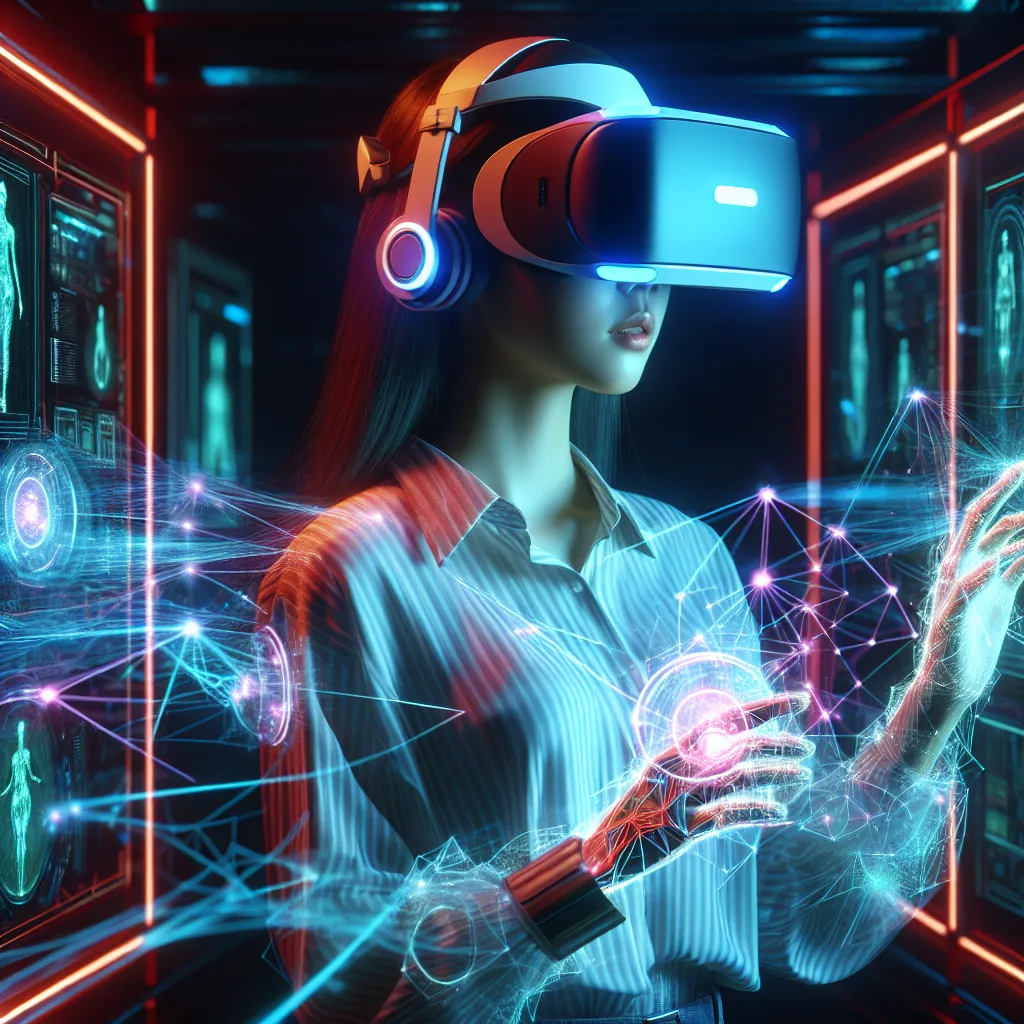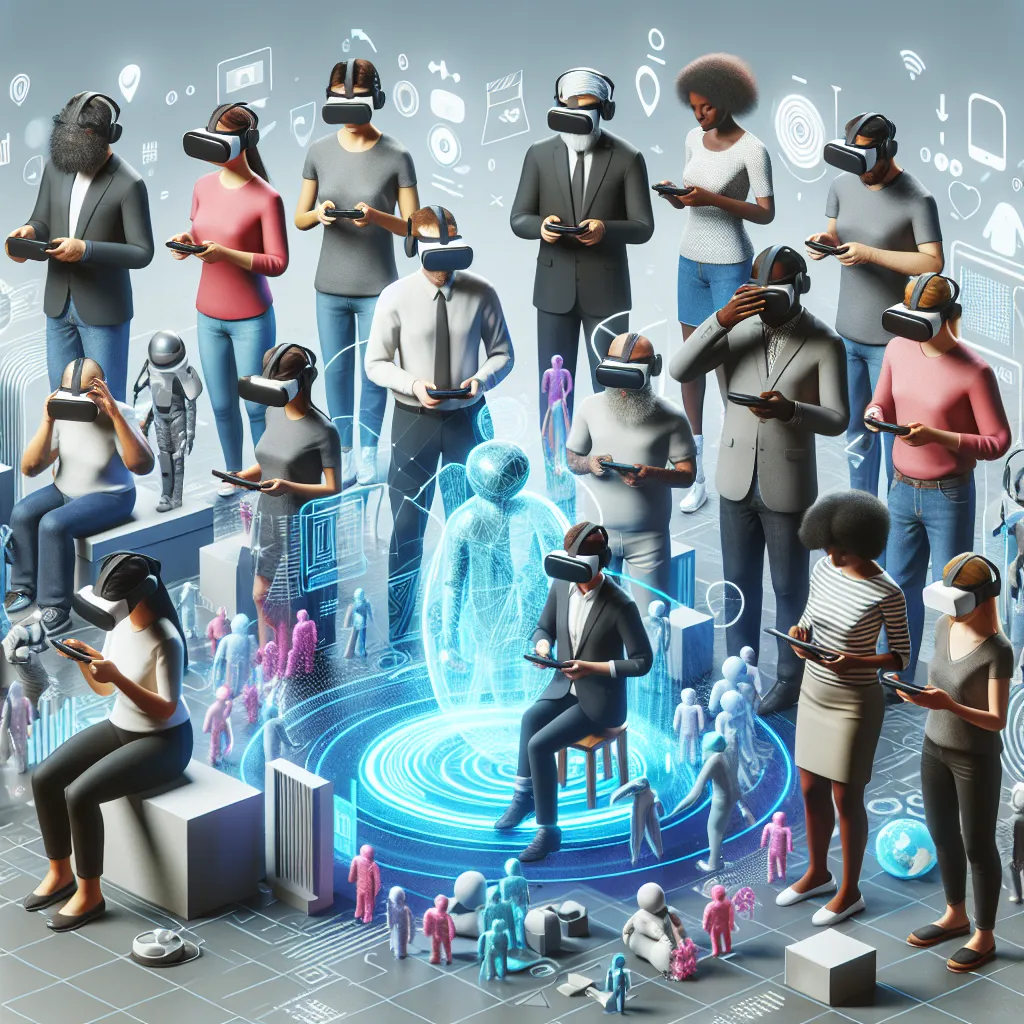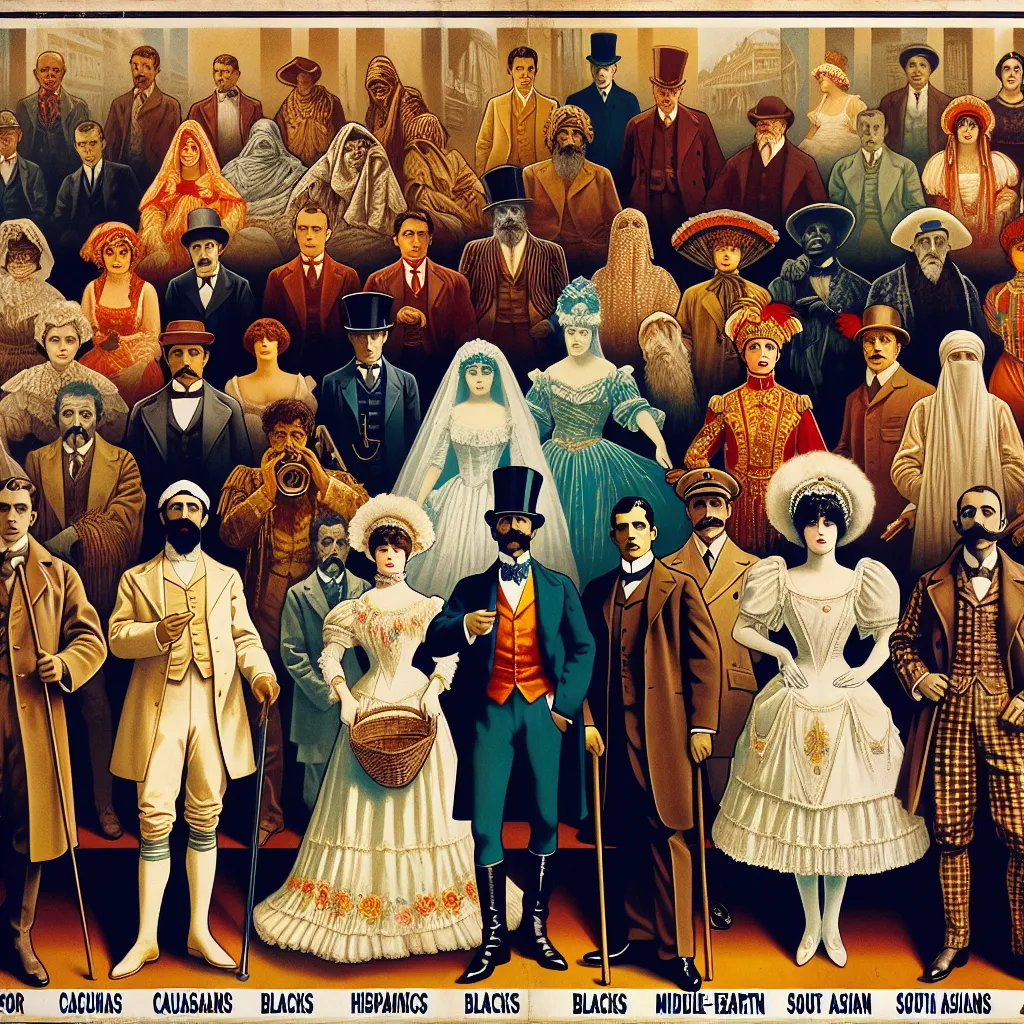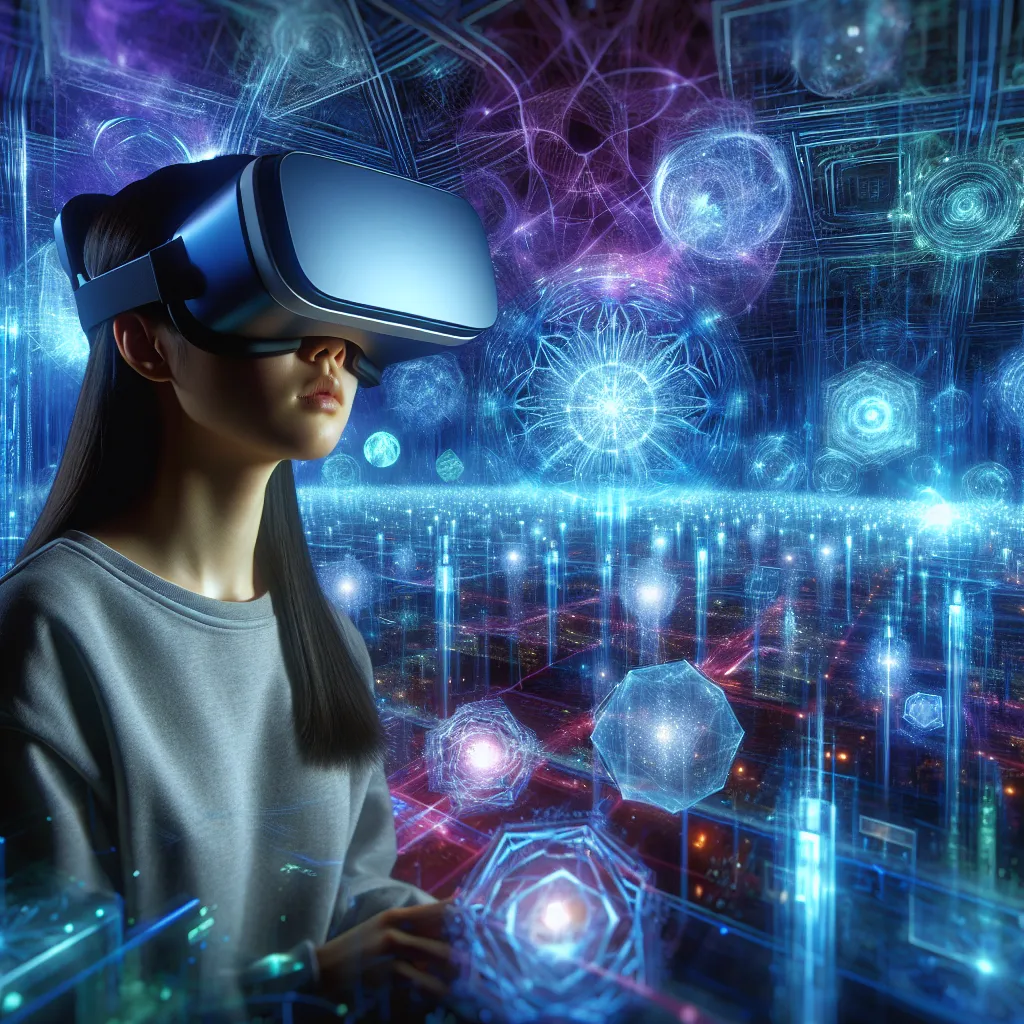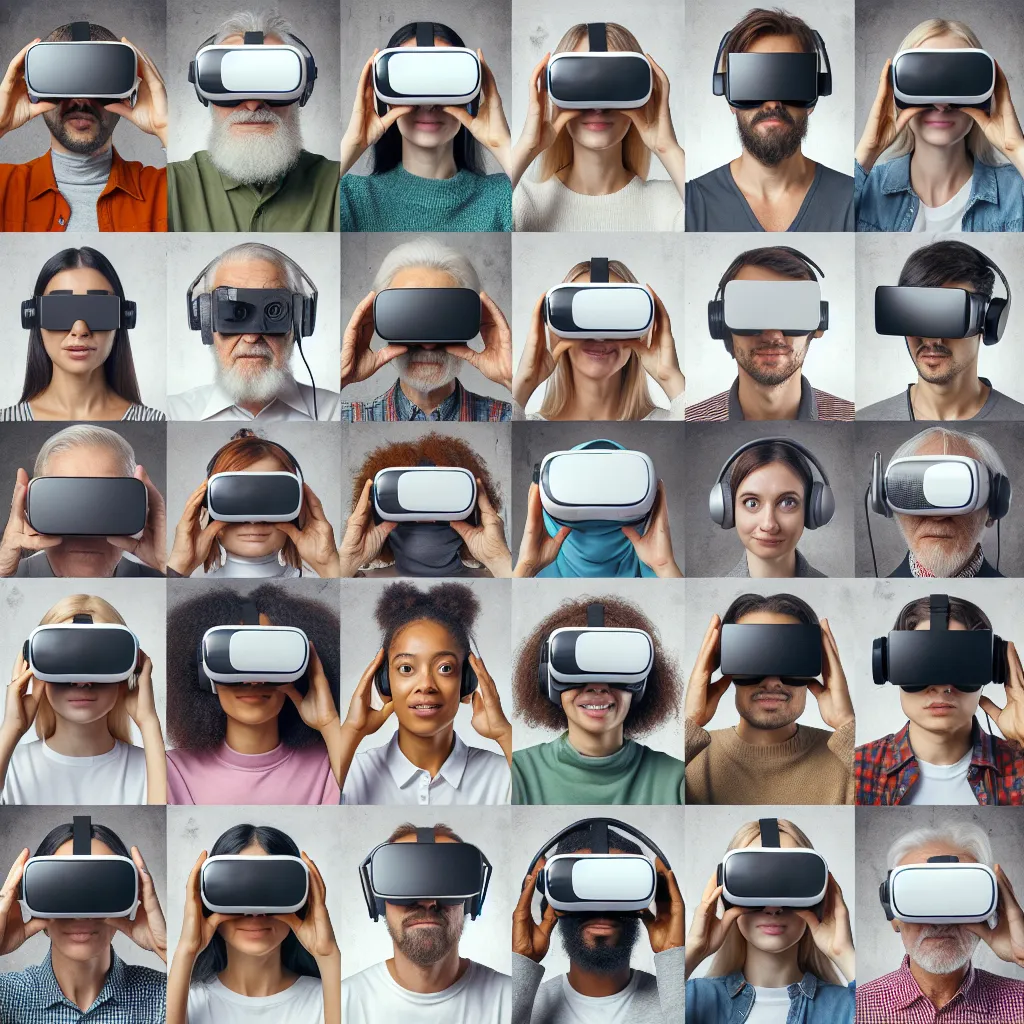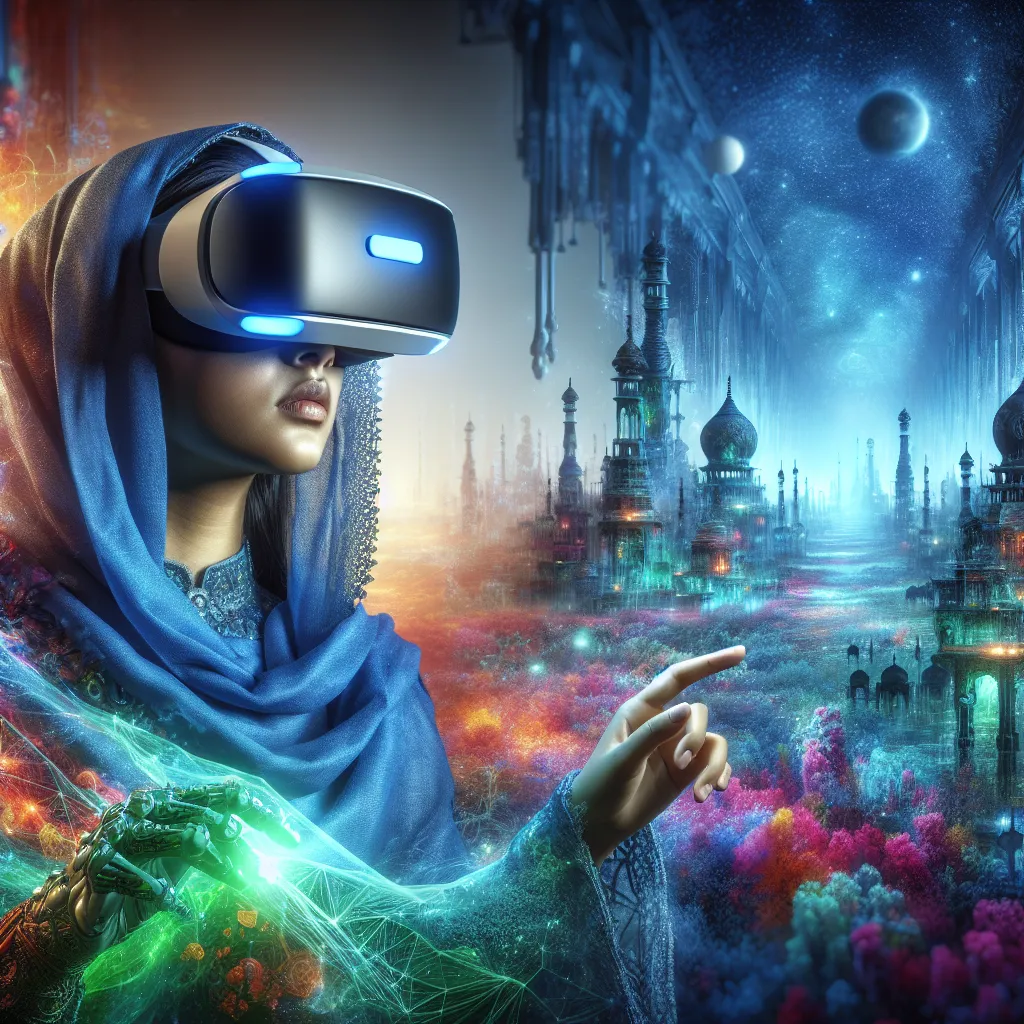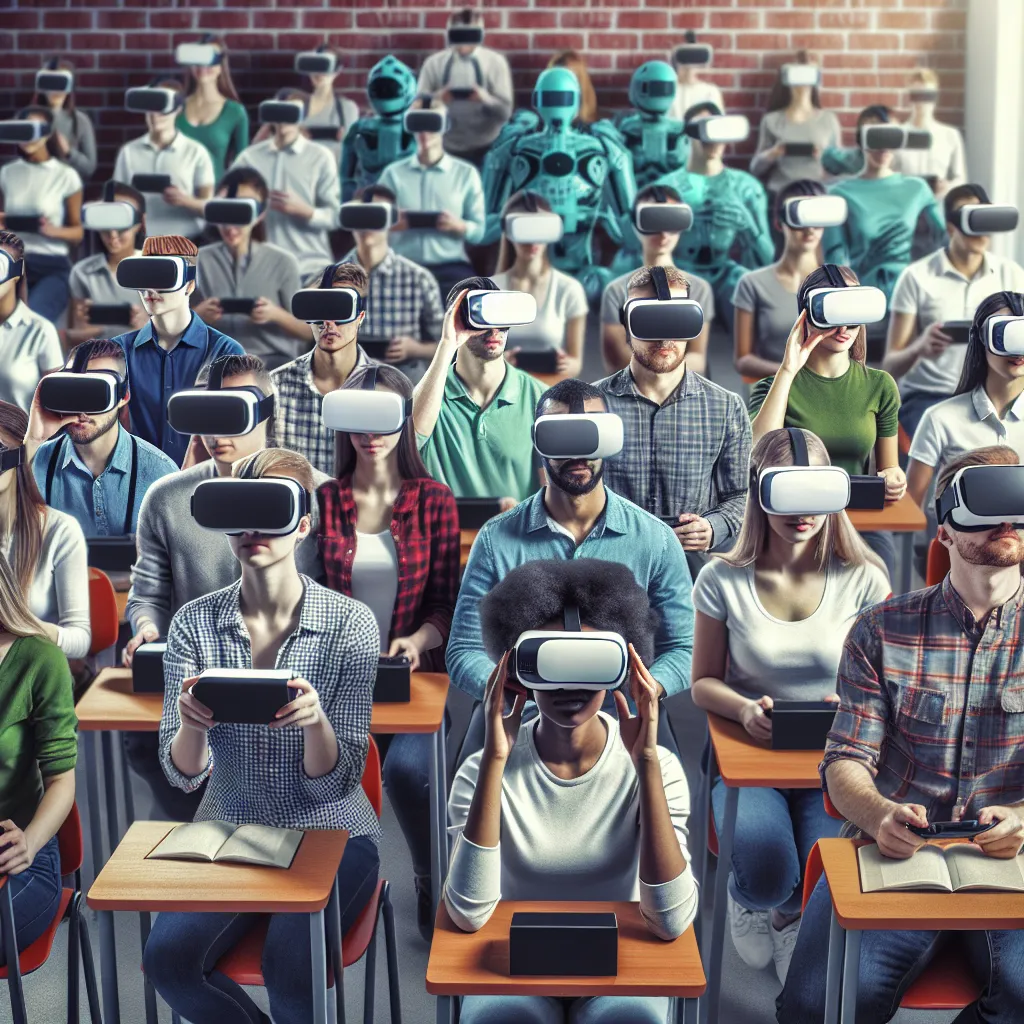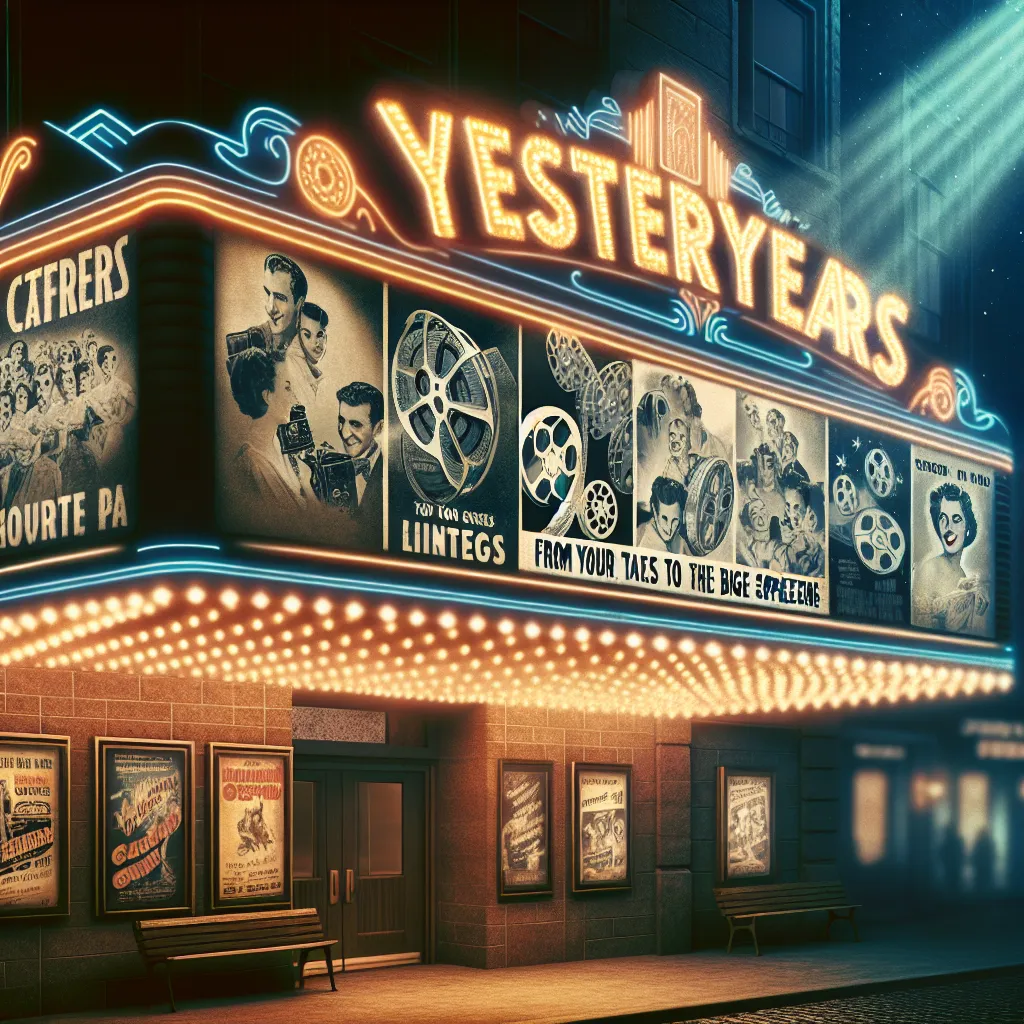The article discusses the transformative potential of Virtual Reality (VR) in gaming, highlighting the advancements in technology that have made VR more immersive and accessible. It emphasizes the development of sophisticated hardware and the integration of social VR, and also explores the application of VR beyond gaming in industries such as education and healthcare. The author positions VR as the next frontier in gaming, teasing the reader with the promise of unprecedented levels of immersion, interaction, and innovation. Additionally, the article introduces cloud gaming as a revolutionary technology that is reshaping the gaming industry by making high-quality gaming experiences more accessible and convenient. It explains the advantages of cloud gaming, such as eliminating the need for expensive hardware, enabling cross-platform play, and catering to the increasing demand for cross-platform compatibility and accessibility. The author implies that the success of cloud gaming depends on robust internet infrastructure, providing a balanced view of the technology's potential challenges and benefits. Overall, the article offers an insightful overview of VR and cloud gaming, enticing readers with the promise of groundbreaking experiences that will shape the future of gaming.
The article "The Impact of 5G on Virtual Reality Experiences" discusses the transformative potential of 5G networks on the virtual reality (VR) landscape. It highlights how 5G will liberate VR devices from cumbersome hardware, enabling greater freedom of movement and a seamless user experience. Moreover, the integration of 5G will unlock new frontiers for real-time multiplayer experiences, virtual collaboration, and telepresence applications. It also explores the profound impact of this integration on industries such as healthcare, education, and entertainment. Meanwhile, the feature "Advancements in Haptic Technology for Immersive VR" delves into the role of haptic technology in shaping future VR experiences, emphasizing the demand for more sophisticated and precise haptic feedback mechanisms to enhance realism and interactivity. The article's comprehensive analysis provides compelling insights into the future of VR and underlines the exciting possibilities ahead, making it a must-read for anyone interested in the intersection of 5G, VR, and haptic technology.
The article "The Rise of Theater: Entertainment Through the Ages" provides a comprehensive overview of the evolution of theater, tracing its origins from ancient civilizations to its enduring appeal in modern times. It emphasizes how theater has shaped the way storytelling and performance arts are experienced, highlighting key periods such as the Elizabethan era in England and the global influence of traditional and contemporary performances. Despite the prevalence of on-screen entertainment, theater continues to captivate audiences with its live action, compelling narratives, and communal viewing experience, showcasing its timeless allure. In contrast, "The Golden Age of Television: A Revolution in Entertainment" explores the transformative impact of television on the entertainment industry, from iconic shows to televised events, and its foundational role in shaping modern programming. The article effectively captures the evolution of entertainment from stage to screen, conveying the enduring significance of both theater and television in captivating and inspiring audiences worldwide.
The article "The Evolution of VR: From Gaming to Everyday Applications" highlights the transformation of Virtual Reality (VR) technology from its initial focus on gaming to its diverse applications in everyday life. It discusses the integration of VR into education, healthcare, and real estate, emphasizing its role in immersive learning experiences, medical training, and virtual property tours. Furthermore, the article points out the expanding potential of VR in virtual meetings, social interactions, and tourism, indicating its increasing relevance to daily life. Lastly, it emphasizes the potential for VR to revolutionize various industries and reshape our interactions with the world. By summarizing important shifts and potential impacts, the article successfully encourages readers to explore the full scope of VR's evolution and its implications for the future.
The article delves into the evolution of Virtual Reality (VR), tracing its journey from a mere concept in science fiction to its current status as an integral part of everyday life. It highlights the significant advancements in VR technology and its widespread applications across various industries, shaping modern experiences in entertainment, gaming, education, healthcare, and business. The pivotal development of VR headsets and the subsequent need for advanced hardware and software solutions are discussed, showcasing the technology's progression. The article also emphasizes the transformative impact of VR on sectors such as healthcare and education, where it has revolutionized training, therapy, and immersive learning. Ultimately, it presents VR as a testimonial to human innovation and perseverance, portraying its potential to reshape industries and create new possibilities, making it an exciting prospect for future developments. The second part of the article discusses the psychological and emotional impact of VR technology, exploring its ability to trigger a wide range of emotions and the immersive interactive experiences it offers, sparking interest in understanding its influence on mental and emotional states.
The article delves into the birth of video games, exploring the early console and arcade gaming era. It highlights the pivotal role of the Magnavox Odyssey in initiating the gaming revolution and the booming popularity of arcade games like Space Invaders and Pac-Man. Despite their primitive graphics, these early games laid the groundwork for today's multibillion-dollar gaming industry, introducing concepts like competitive multiplayer and immersive gameplay experiences. The piece also discusses the transformation brought by the rise of 3D graphics, leading to visually stunning and immersive gaming experiences, and paving the way for virtual reality (VR) gaming. It promises an insightful journey through the evolution of gaming, from its humble beginnings to the modern era of realistic and captivating gaming experiences, making it a compelling read for gaming enthusiasts.
The article discusses the significant growth and impact of subscription-based streaming platforms on the entertainment industry, highlighting the convenience and flexibility they offer to consumers. It emphasizes the role of original content in driving the success of platforms like Netflix and the direct relationship with consumers as a business advantage. Additionally, it explores the transformative impact of streaming services on traditional media, including changing consumer behavior, competition for high-quality content, and the disruption of distribution channels. The article ultimately presents a compelling case for readers to delve deeper into the evolving dynamics between subscription-based streaming platforms and traditional media to gain a comprehensive understanding of their influence on the entertainment landscape.
The article presents a comprehensive overview of the evolution and advancements in virtual reality (VR) technology, from its early stages to the cutting-edge immersive experiences of today. It delves into the historical development of VR, highlighting key milestones and technological advancements that have shaped the modern VR landscape. The article also explores the current state of VR technology, focusing on key advancements such as display technologies, haptic feedback systems, and room-scale VR, which have significantly enhanced the immersive capabilities of VR systems. Furthermore, it discusses the future prospects of VR, including the integration of AI and machine learning, promising even greater levels of realism and personalization in virtual experiences. The engaging narrative and in-depth exploration of VR's evolution and technological advancements make it a compelling read for anyone interested in the transformative potential of virtual reality.
The article “Enhancing Learning with Virtual Reality Technology in the Classroom” discusses the transformative potential of virtual reality (VR) in education. By simulating realistic environments and offering hands-on experiences, VR has the capability to revolutionize student engagement and deepen understanding of educational material. The immersive and interactive nature of VR caters to different learning styles, providing inclusive learning experiences, and preparing students for a technologically advanced world. Similarly, the article “Virtual Reality: A Game Changer in Educational Training” underscores the impact of VR technology in practical learning activities, offering realistic simulations in fields such as medicine, engineering, and aviation. Furthermore, VR facilitates personalized learning experiences, enables global access to high-quality education, and has the potential to enhance student engagement and academic performance. These articles present compelling insights into the myriad benefits of leveraging VR technology in education, making a convincing case for its integration into educational practices across various disciplines.
The article delves into the historical significance of theatrical performances in shaping the entertainment industry, tracing its origins from ancient civilizations to the modern era. It emphasizes the pivotal role of theatrical performances as a platform for storytelling, artistic expression, and cultural communication. The evolution of theatrical performances across different cultures and regions, from ancient Greece and Rome to Shakespearean England and contemporary stage productions, is highlighted, showcasing their enduring appeal. Furthermore, it explains how the transition from silent films to talkies revolutionized the cinematic experience, expanding the possibilities for storytelling and significantly impacting the entertainment industry as a whole. The article paints a compelling picture of the transformative power of theatrical performances and the game-changing nature of the shift to talkies, enticing readers to explore the full content for a comprehensive understanding of these influential developments in entertainment history.

